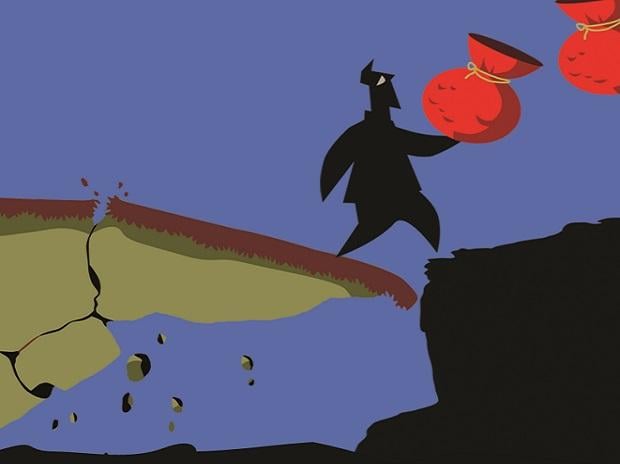Banks are not adequately pricing in credit risk as the liquidity condition tightens and interest rates remain high, said State Bank of India in a research report.
Over the last few months, the Reserve Bank of India (RBI) has front-loaded rate hikes and calibrated excess liquidity in the banking system as it seeks to rein in elevated inflation.
While the liquidity conditions have eased in November on the back of the government accelerating spending, the average net durable liquidity injected into the banking system has dropped to Rs 3 trillion from Rs 8.3 trillion in April, SBI research said in its latest ‘Ecowrap’ report.
“Even as the banking system has moved closer to a calibrated liquidity coupled with higher signalling rates, one thing has still not changed; that is credit risk not getting adequately priced in, even as credit demand is at decadal highs and liquidity remains significantly downsized,” said the report by India’s largest lender.
“A back of envelope estimate suggests that the core funding cost of the banking system is currently at around 6.2%, while the reverse repo rate is at 5.65%. No wonder, banks are currently engaged in a fierce war to raise deposits, with rates being offered up to 7.75% in select circumstances,” it said.
RBI Governor Shaktikanta Das said earlier this year that banks cannot “perennially” rely on the central bank’s money to support credit offtake and they must mobilise their own funds and resources.
After 2020, the RBI infused large amounts of liquidity in the banking system in order to ensure credit to productive sectors amid the COVID-19 crisis. However, in 2022, the central bank began withdrawing accommodation and raising interest rates as inflation has remained well above its target.
Latest RBI data showed that as on October 21, bank credit growth was at 17.9 per cent year-on-year, while deposit growth lagged far behind at 9.5 per cent. The need to mobilise funds to fund the aggressive credit growth has seen banks shelling out higher rates of interest in the market.
“Banks are currently mobilising certificate of deposits (CD) at rates as high has 7.97%, for a 360 days maturity paper. Further, few banks have raised CD at 7.15% for a 92 days maturity,” SBI’s report said.
“A significant part of the funding gap is thus also being made up by the mobilisation of CD. The outstanding CDs stood at Rs 2.41 lakh crores as of October 21, 2022, as compared to just Rs 0.57 lakh crore a year ago,” it said.
According to SBI’s research team, it was intriguing that while the banking system had witnessed episodes to net deficit liquidity, the risk premia, over and above the core funding cost was not sufficiently acknowledging credit risk.
“For example, short tenor working capital loans of less than 1 year are given even with finer rates at lower than 6% linking with 1M/3M T Bill rates. 10-year and 15-year loans are being priced at less than 7%,” the report said.
Note:- (Not all news on the site expresses the point of view of the site, but we transmit this news automatically and translate it through programmatic technology on the site and not from a human editor. The content is auto-generated from a syndicated feed.))




Very quickly this web page will be famous amid
all blogging users, due to it’s pleasant posts